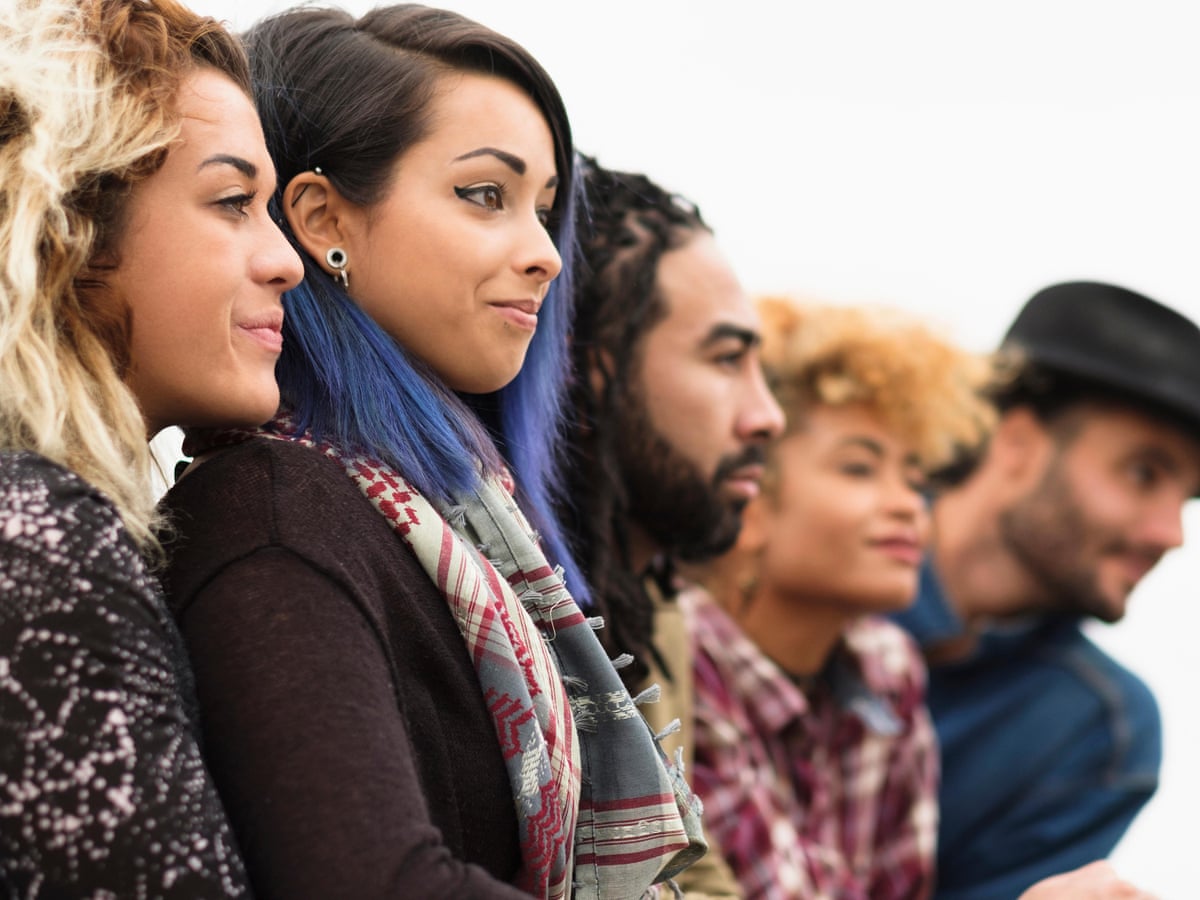How the Best Brand-Influencer Partnerships Reach Gen Z

If you haven’t heard about Alix Earle, it may simply be a matter of time. This young influencer — who just graduated from the University of Miami — has more than 5 million followers on TikTok and was recently signed by United Talent Agency (UTA), one of the top three firms that represent talent globally across the media and entertainment ecosystem. She has leveraged her personal brand to partner with beauty companies like Tarte and Rare Beauty.
Watching the myriad of Alix Earle videos online makes her formula quite clear. She has model-like beauty, checking the box for sheer aesthetics. She’s perfected the “get ready with me” (GRWM) format (among others), a short-form video in which she goes from natural beauty to flawless perfection, displaying professional yet replicable makeup techniques and product use. As she applies her look during “selfie” videos, she offers a mix of storytelling, humor, vulnerability, aspiration, relatability, and product mentions in a fast-talking, effortless monologue. She feels just approachable enough to be just another college student.
That approachability is why Earle resonates so much with Gen Z. Authenticity is among this generation’s most important values. As recent EY research highlights: “After an era of fake news and filtered photos projecting the ‘perfect life,’ Gen Z is over it.” They feel empowered to ask and answer their own questions in a variety of social forums on any topic — from beauty to health to home improvement to technology to science. And their view of authority has expanded from traditional sources, like academic institutions or reputable editorial voices, to perceived influence — as demonstrated by Earle’s meteoric rise.
Studying Alix Earle’s success offers brand marketers five powerful lessons for how to tap into this era of influencers — and make authentic connections with Gen Z.
1. Find the right influencers for your brand
Simply force-ranking top influencer lists is not the answer. Brands want to find the person or people who reach their target audience.
Once brands define the category in which they compete, marketers can look for the influencers who have the most engagement and who have a voice and style that resonates with the brand. AI and other tools to analyze data can help you figure this out — for example, data analytics can reveal followers, creative approaches, and communities in common between influencers and brands. There are also companies, from Gallery Media, for example, to leading talent agencies, who curate influencers and manage more complex relationships and execution for brands.
2. Create brand stories for mobile consumption
Gen Z fills their spare moments by scrolling through their algorithmically driven, personalized “for you” feeds on their phones, filled with photos, videos, and memes. Ideally, brands should empower the influencers they work with to create content that is short, compelling, and made for mobile.
Embracing vulnerability and openness, like Earle does in short one- to three-minute stories, enables brands to connect with younger generations in a way that’s personally relevant and authentic. However, brands must understand that this is not a 30-second scripted television spot, and the influencers will take the story in a direction of their own choosing. This is a complement to other brand storytelling — not a replacement.
3. Motivate consumers to make brand content their own
Unlike previous generations, Gen Z does not “broadcast” their posts to social networks writ large. They share more often with far fewer people via “private stories.” Engagement is much higher because of the frequency and the intimacy of these posts, and with this shift, we also see Gen Z moving away from prior generational behaviors of broadcasting their happy moments widely on their social media accounts to sharing more raw moments like personal crisis and tears in more private circles.
A young person who sees a beauty product in a GRWM video from Earle on TikTok who subsequently endorses that product with their friend group in their private story on Snap is an example of how the brand journey goes from high-profile social media influence to deeply personal influence. A brand must earn the right to access this sacred space — and it must understand the opacity and new risks of these more personally intimate venues.
4. Cross boundaries to stand out
It’s going to take new sources of inspiration and creativity to stand out as generative and conversational AI are applied in creative contexts at scale. As all influencers now have access to the same technology to drive research, enhance ideas, and accelerate production, forward-thinking brands will look to differentiate through human originality or true celebrity. The bar for real creativity will only get higher, requiring unorthodox juxtapositions of brands or new invitations to consumers to co-create. Our current definition of influence may shift rapidly as AI manipulates both the targeting and creative driving the algorithms.
5. Avoid clone culture
As marketers, we may prize the opportunity to drive consumption at all costs by engineering trends to have velocity through influencers. But if we succeed too much on the science of it all, are we creating trend echo chambers that contradict our commitments to diversity and inclusion, or cloning repeat behaviors within certain social archetypes? And if influence relies on at least the veneer of originality, will it be harder as everyone uses similar AI-driven insights? Brands drive their commercial ambition with precision using a combination of creativity and data (or art and science), but increasingly, they may seek to broaden strategies to find new audiences, voices, and inspiration to diversify their base of consumers and ideas.
The creator economy is thriving, creative, and valuable, particularly as technology-enabled economic models motivate strong talent to make it a true professional endeavor. Brands that harness its new dynamics to create value will differentiate themselves and drive exponential growth. The key to success is to lean into the newest sources of influence along with all the latest dynamics of risk and reward.
